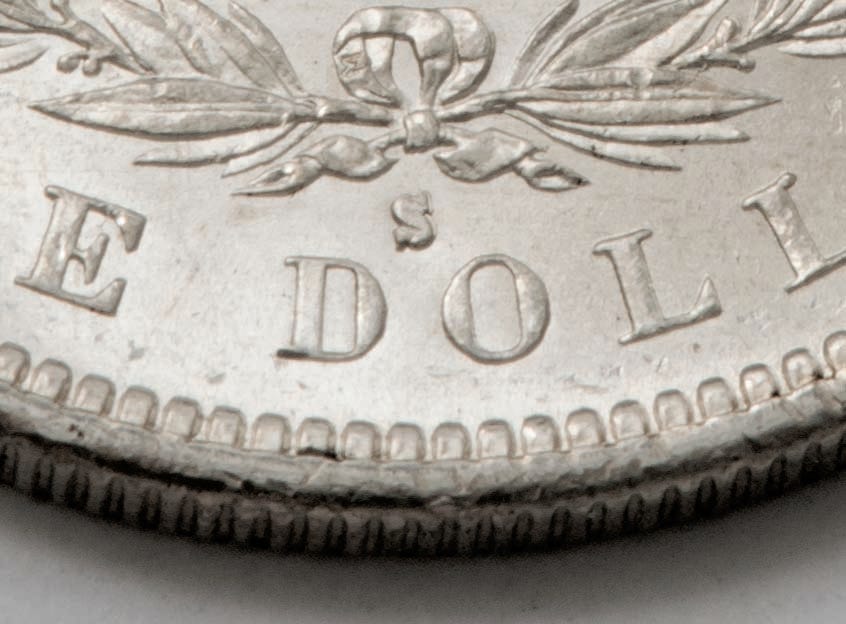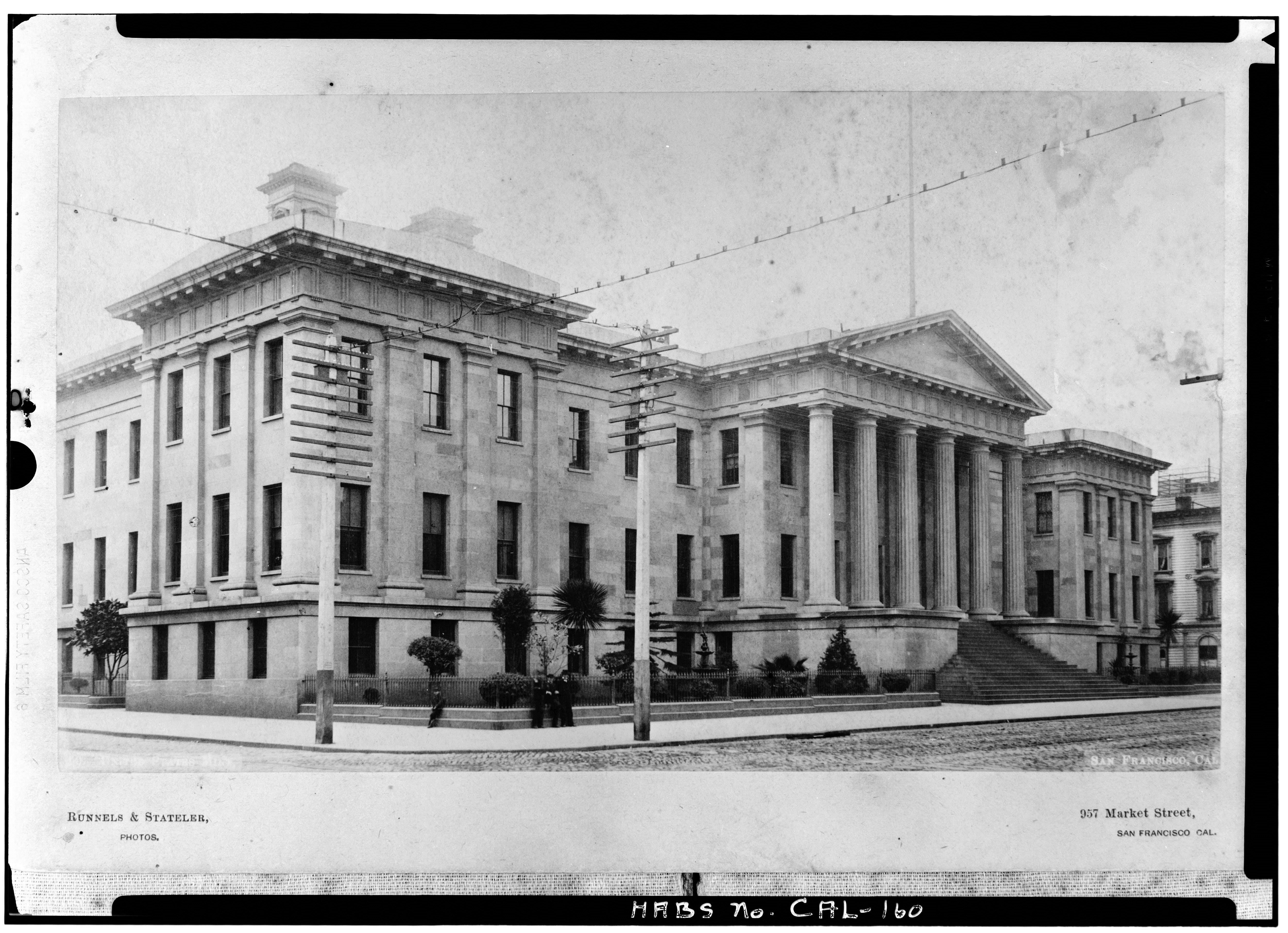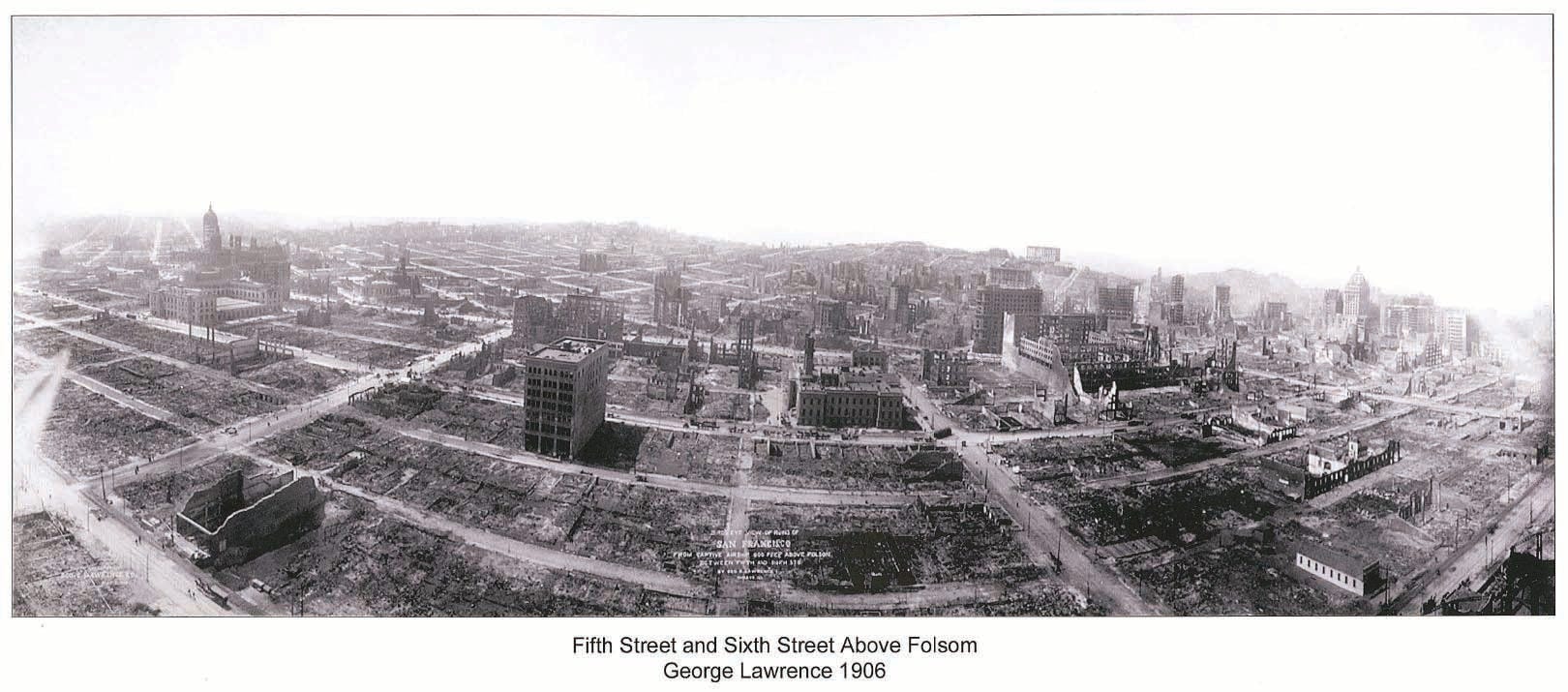The San Francisco Mint: The 'Granite Lady'
The story of the San Francisco Mint is an amazing tale. From the very beginning, coins struck at this branch office were of the highest quality, a legacy that would endure throughout
the mint's long history.
 The Famous "S" Mint Mark
The Famous "S" Mint Mark
The San Francisco Mint was established as a result of the nation's most famous gold rush. It's survived challenges from earthquakes, fires and production demands that tested its capacities. The epic history of this prestigious mint spans over 155 years and today, many people believe that the coins produced there with the famous "S" mint mark are some of the most beautiful U.S. coins ever struck.
The California Gold Rush
In 1846, only about 800 people were living in the San Francisco area. But in early 1848, after gold was discovered at Sutter's Mill, 75 percent of those residents abruptly left to avoid the anticipated flood of people who would be descending on their quiet little hamlet. The following year, thousands of pioneers and fortune-seekers did, in fact, head west during the great California Gold Rush.
In 1852, Congress authorized a branch mint at San Francisco to strike coins from California's vast reserves of gold. The first mint building was erected in 1853. It used equipment from the old San Francisco assay office and presses made from Philadelphia that were shipped west. The first gold deposits were received on April 3, 1854, and the first coin was struck on April 15. In 1878, silver coins were added when the San Francisco Mint began striking Morgan Silver Dollars.
Morgan Dollars became a mainstay at the San Francisco Mint, which struck Morgans every year they were produced. Some of the Mint's finest strikes were seen in its Morgans because of the quality and mint luster exhibited.
 Birth of "The Granite Lady"
Birth of "The Granite Lady"
From its inception, the San Francisco Mint was more than just a coin producing facility. Gold ore was also brought to the mint where it was refined, made into ingots and, as needed, made into coins. The original building proved to be a small, hot and noisy facility that was poorly ventilated. In 1867, mint officials agreed to purchase land at the corner of Fifth and Mission Streets in San Francisco to expand operations. This was undoubtedly welcome news to the 40 or so employees toiling in the cramped confines of the original building! Construction was completed in 1874. Where the first mint consisted of only 6,000 square feet, the new and improved structure was 73,221 square feet. Hailed as "The Granite Lady," it got its name for its massive two-story structure built out of granite to handle the heavy minting equipment. This second building remained in operation for 63 years.
Surviving the Earthquake of 1906

The Granite Lady's size, strength and sturdy construction proved to have an added bonus when it survived the Great San Francisco
Earthquake on April 18, 1906. The cataclysmic earthquake leveled most of surrounding San Francisco, starting numerous fires and causing wreckage that nearly wiped out the city. The Granite Lady, however, escaped unscathed, a tower of strength amid blocks and blocks of smoldering ruins. In fact, the San Francisco Mint was the only financial institution left standing and still in operation following the earthquake!
Earthquake on April 18, 1906. The cataclysmic earthquake leveled most of surrounding San Francisco, starting numerous fires and causing wreckage that nearly wiped out the city. The Granite Lady, however, escaped unscathed, a tower of strength amid blocks and blocks of smoldering ruins. In fact, the San Francisco Mint was the only financial institution left standing and still in operation following the earthquake!
The Turn of the Century
The Turn of the Century was truly a golden age for the San Francisco Mint because coins produced there garnered more respect than paper bills. In 1937, a new building was erected to replace The Granite Lady. Reflecting the changing times that relied less on coins, this third building consisted of 33,000 square feet — less than half the space of the old Granite Lady.
During World War II, the mint struck coins for the Philippines, but its role in U.S. coin production vastly diminished after the war. It was determined that $360,000 could be saved annually if the mint shut down and the final coins were struck in 1955. Due to a coin shortage in 1965, however, the mint was briefly revived and produced coins until 1981. In 1982, the mint discontinued production of general strike coinage, but, almost in deference to the skill and artistry exhibited by the San Francisco Mint in its long and storied history, Proof coins and commemoratives are still struck there today. Vivid reminders of the mint's glory days, these coins represent some of the finest examples of coinage being struck in the world today.
- See more at: http://www.govmint.com/pages/the-san-francisco-mint#sthash.NVbPUJLA.dpuf

No comments:
Post a Comment